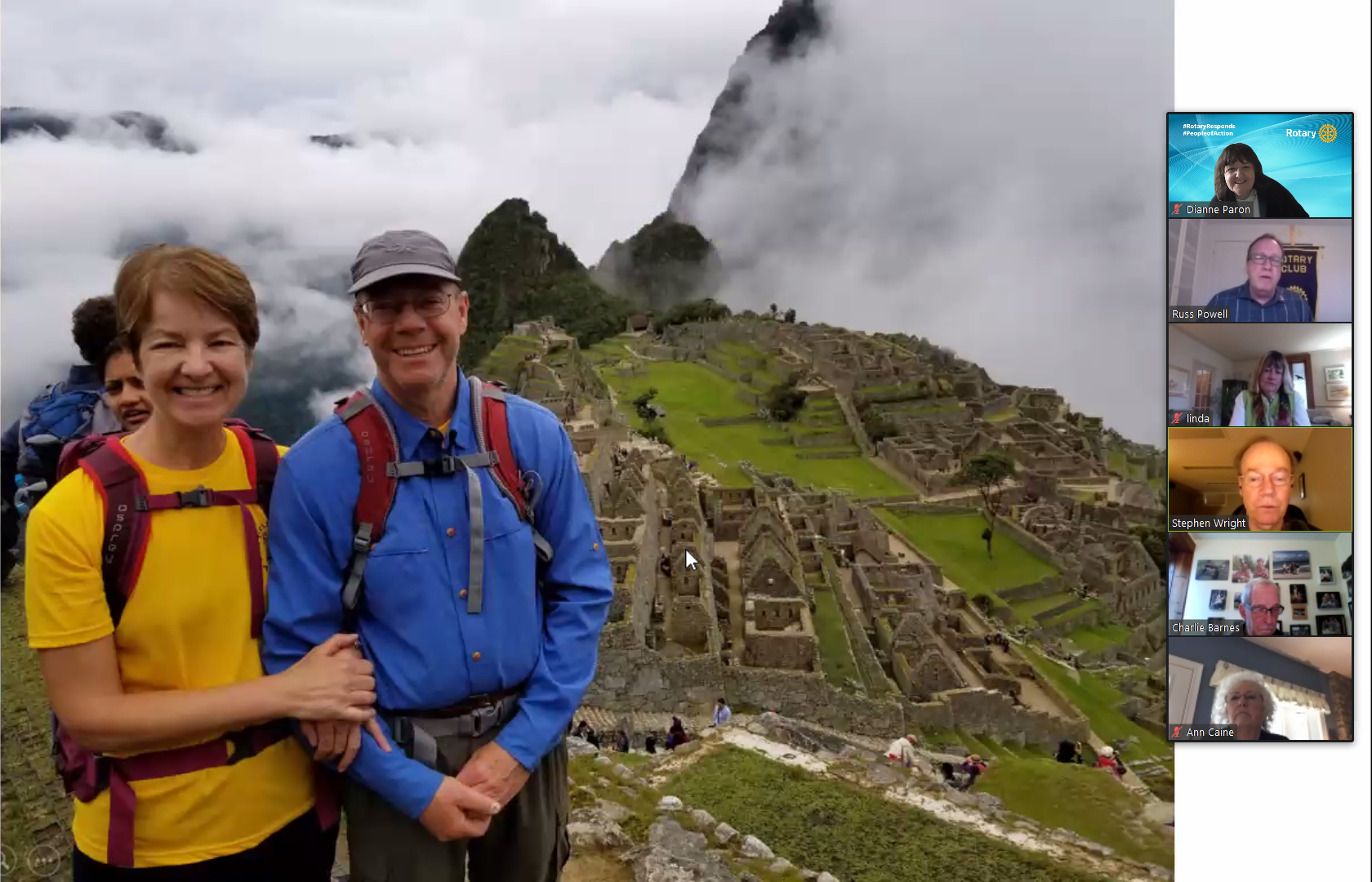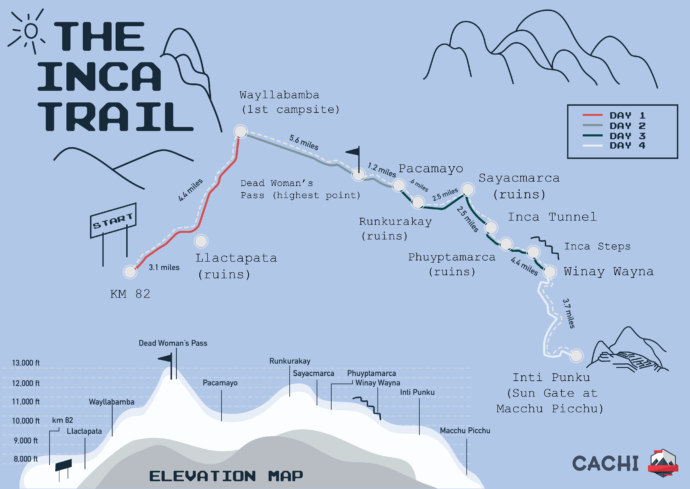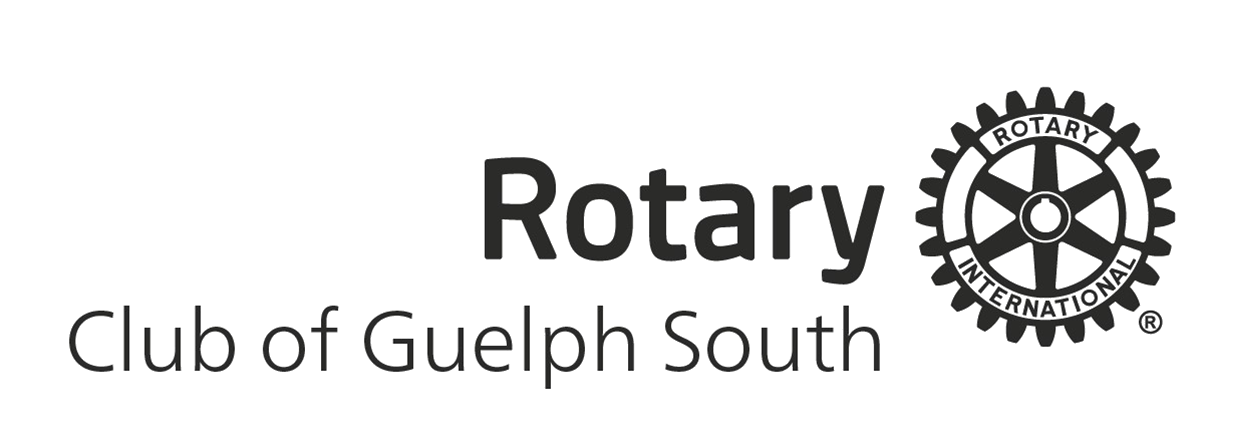On April 15th Steven Wright was our guest speaker. He provided us with breathtaking photos and a talk on his and wife Theresa’s trip of a lifetime…a hike on the Inca Trail in Peru to Machu Picchu.

The Inca Trail to Machu Picchu (also known as Camino Inca or Camino Inka) is a hiking trail in Peru that terminates at Machu Picchu. It consists of three overlapping trails: Mollepata, Classic, and One Day. Mollepata is the longest of the three routes with the highest mountain pass and intersects with the Classic route before crossing Warmiwañusqa ("dead woman"). Located in the Andes mountain range, the trail passes through several types of Andean environments including cloud forest and alpine tundra. Settlements, tunnels, and many Incan ruins are located along the trail before ending the terminus at the Sun Gate on Machu Picchu mountain. The two longer routes require an ascent to beyond 4,200 metres (13,800 ft) above sea level, which can result in altitude sickness. Concern about overuse leading to erosion has led the Peruvian government to place a limit on the number of people who may hike this trail per season, and to sharply limit the companies that can provide guides. As a result, advance booking is mandatory. A maximum of 500 people are allowed on the trail each day, of which only 200 are trekkers, the rest being guides and porters. As a result, the high season books out very quickly.

Machu Picchu itself is a 15th-century Inca citadel. Most archaeologists believe that Machu Picchu was constructed as an estate for an Inca emperor. Often mistakenly referred to as the "Lost City of the Incas", it is the most familiar icon of Inca civilization. The Incas built the estate around 1450 but abandoned it a century later at the time of the Spanish conquest. Although known locally, it was not known to the Spanish during the colonial period and remained unknown to the outside world until American historian Hiram Bingham brought it to international attention in 1911. Machu Picchu was built in the classical Inca style, with polished dry-stone walls. Machu Picchu was declared a Peruvian Historic Sanctuary in 1981 and a UNESCO World Heritage Site in 1983.
Following Steven's presentation, he was thanked by Rotarian Charlie Barnes and advised that for speaking to us today a donation to the PolioPlus fund to eradicate polio would be made, enough to vaccinate 100 children.
